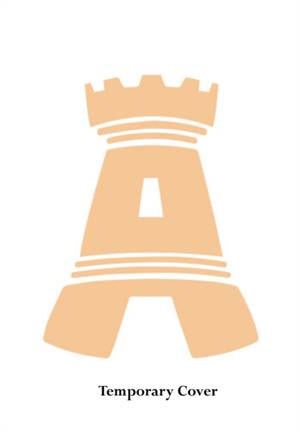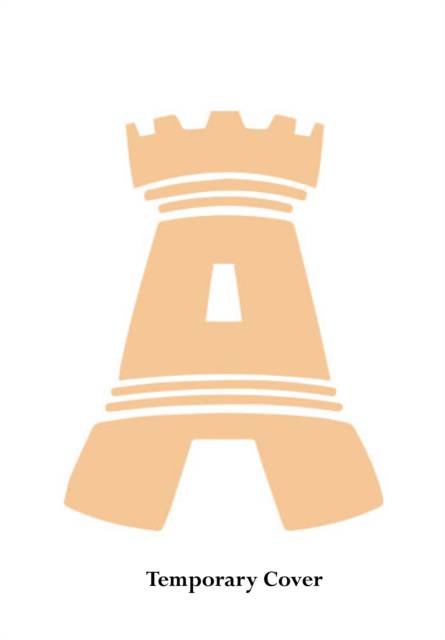
Je cadeautjes zeker op tijd in huis hebben voor de feestdagen? Kom langs in onze winkels en vind het perfecte geschenk!
- Afhalen na 1 uur in een winkel met voorraad
- Gratis thuislevering in België vanaf € 30
- Ruim aanbod met 7 miljoen producten
Je cadeautjes zeker op tijd in huis hebben voor de feestdagen? Kom langs in onze winkels en vind het perfecte geschenk!
- Afhalen na 1 uur in een winkel met voorraad
- Gratis thuislevering in België vanaf € 30
- Ruim aanbod met 7 miljoen producten
Zoeken
€ 22,45
+ 44 punten
Omschrijving
There have always been small buses used by bus companies for a variety of reasons, but in the 1970s a number of companies employed van-derived minibuses on experimental services such as Dial-a Ride schemes. These were small-scale operations. From around 1984 the majority of British bus companies started buying minibuses in bulk. They began replacing full-size vehicles and soon whole town local networks were being converted to their use. At first these continued to be on small, van-derived chassis - Ford, Freight-Rover and Mercedes-Benz - seating around sixteen passengers, but soon larger, purpose-built vehicles began to appear from companies sometimes unfamiliar to the British bus market. There were also attempts to produce 'midibuses' - larger than a minibus but smaller than a full-size bus. By the mid-1990s the boom had come to an end. Larger vehicles started to replace many of these minibuses. Although modern accessible minibuses are still produced and still have a role to play, it is a far cry from their heyday. This book looks back at the rise and fall of the minibus in British bus services.
Specificaties
Betrokkenen
- Auteur(s):
- Uitgeverij:
Inhoud
- Aantal bladzijden:
- 96
- Taal:
- Engels
Eigenschappen
- Productcode (EAN):
- 9781398108820
- Verschijningsdatum:
- 15/03/2022
- Uitvoering:
- Paperback
- Formaat:
- Trade paperback (VS)
- Afmetingen:
- 165 mm x 234 mm
- Gewicht:
- 2839 g

Alleen bij Standaard Boekhandel
+ 44 punten op je klantenkaart van Standaard Boekhandel
Beoordelingen
We publiceren alleen reviews die voldoen aan de voorwaarden voor reviews. Bekijk onze voorwaarden voor reviews.









